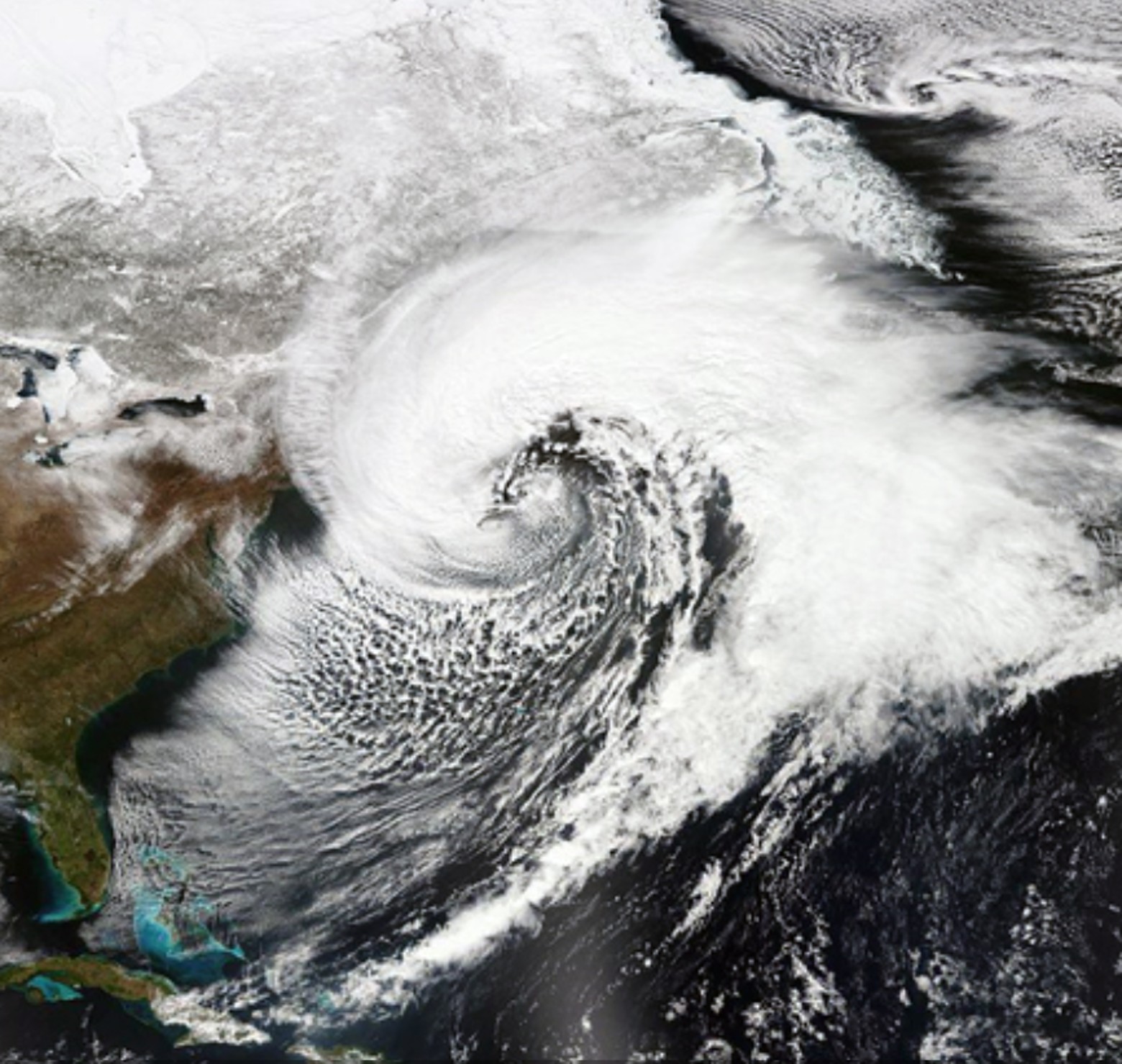
Heavy Rain, Flooding, and Chance of Severe Weather Staring Down the Southern U.S.
January 22, 2024
Posted: March 10, 2023 10:00 am





Is a nor’easter lurking around the corner? Forecasters are predicting that two winter storms are in store for the Northeast in the coming days with one of them likely to turn into a powerful nor’easter.
Two separate storm systems are predicted to bring a host of travel disruptions and other issues to the northeastern corner of the U.S. in the coming days. This could present problems for travelers taking to the roads and the skies for spring break. It will feel nothing like spring in this part of the country beginning this weekend.
The first of the pair of storms is predicted to move into the Northeast by late Friday after it dumps a few inches of snow in Chicago and Detroit at the end of the work week. Forecasters are calling for 3 to 12 inches of snow across a large portion of the Northeast, including northern Pennsylvania and southern New York state. This snow will begin to pick up late Friday.
Travel may be compromised along parts of interstates 80 and 90 in the Midwest before the snow moves on to impact a large part of the corridors along interstates 80, 84, and 86. As is typical for these early spring storms, a small difference in elevation will determine if the moisture comes down as rain or snow.
For instance, the metropolitan areas of Baltimore, Washington, D.C., and Philadelphia are only expecting rain from this system. In contrast, the overnight temperatures on Friday night into Saturday in New York City may dip low enough to support the development of some snow. Any accumulation will likely be wet and slushy.
This wintry precipitation may also necessitate that airports engage their deicing procedures. This process will result in delays. Airports most likely to see delays are those in Boston and New York City.
After a brief break on Sunday, another winter storm will gear up to strike the Northeast by the beginning of next week. This is the system that forecasters warn could evolve into a nor’easter. The storm will journey up the Eastern Seaboard on Monday and Tuesday, a typical path for nor’easters to find the energy and moisture they need to strengthen.
The current projection is calling for the storm to intensify quickly as it moves up the East Coast. It is still too early to tell how far inland any snow will track. However, there is the chance that the populated Interstate 95 corridor in the upper mid-Atlantic through New England may see significant snow accumulation if the nor’easter fully develops.
At this point, it looks like the rain and snow line will start somewhere between Washington, D.C. and New York City. You will want to stay on top of this developing forecast if you live in this region.
Should the weather maker hug the coast of the mid-Atlantic, it would likely track into southeastern New England before moving into the higher terrains of the Poconos, the Catskills, and the Berkshires. This track would translate to heavy snow for this part of the interior Northeast.
The predicted rapid intensification of this storm will give it its nor’easter characteristics. Winds of this magnitude could lead to power outages and coastal flooding during times of high tide during the early part of the week. The wet snow associated with storms during this time of the year may also bring down tree branches and power lines.
In short, there are a host of potential impacts with both of these storms that you will want to be prepared to handle.
Despite the warmer than average February, the southern U.S. is not out of the woods for cold weather. The same storm that will bring back the chance of wintry precipitation to the Northeast will push cold air into the Southeast.
This blast of unseasonably cold air could spell trouble for an area of the country that has already said goodbye to winter and started the spring blooming season. The drop in the mercury may end up leading to a hard freeze that damages some of the early buds and blossoms. This pattern of cold waves could delay the planting season for much of the eastern half of the country in the weeks to come.
Did you find this content useful? Feel free to bookmark or to post to your timeline for reference later.

January 21, 2024

January 19, 2024

January 18, 2024